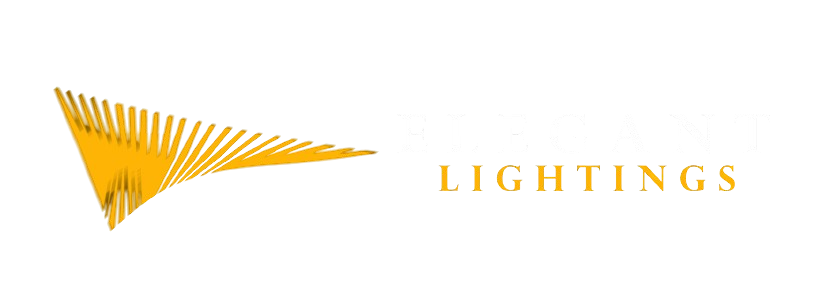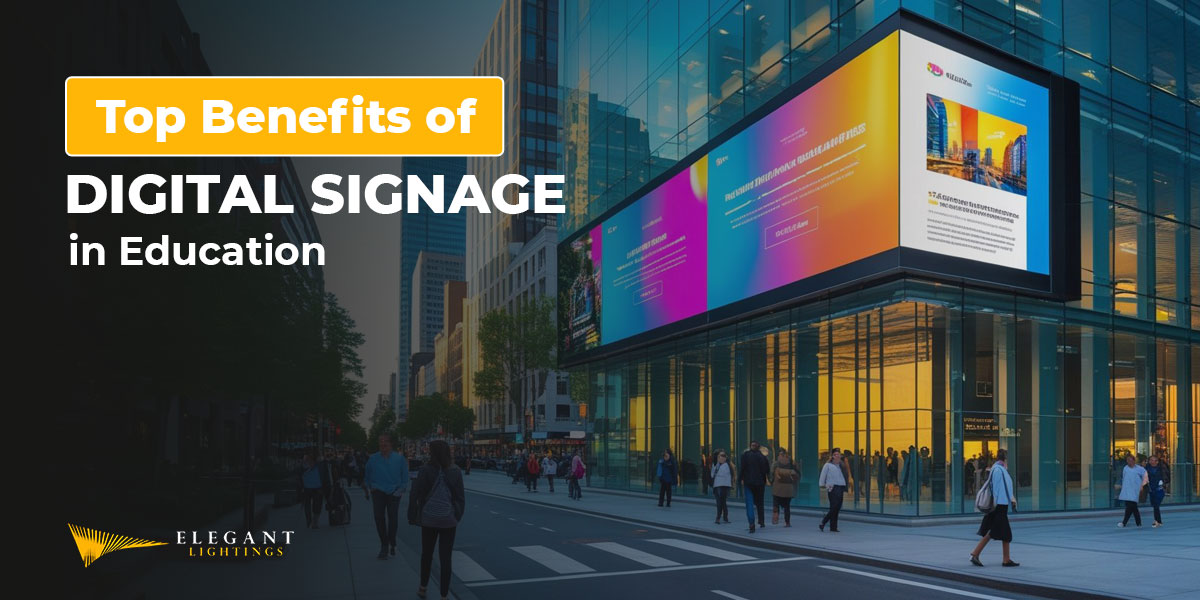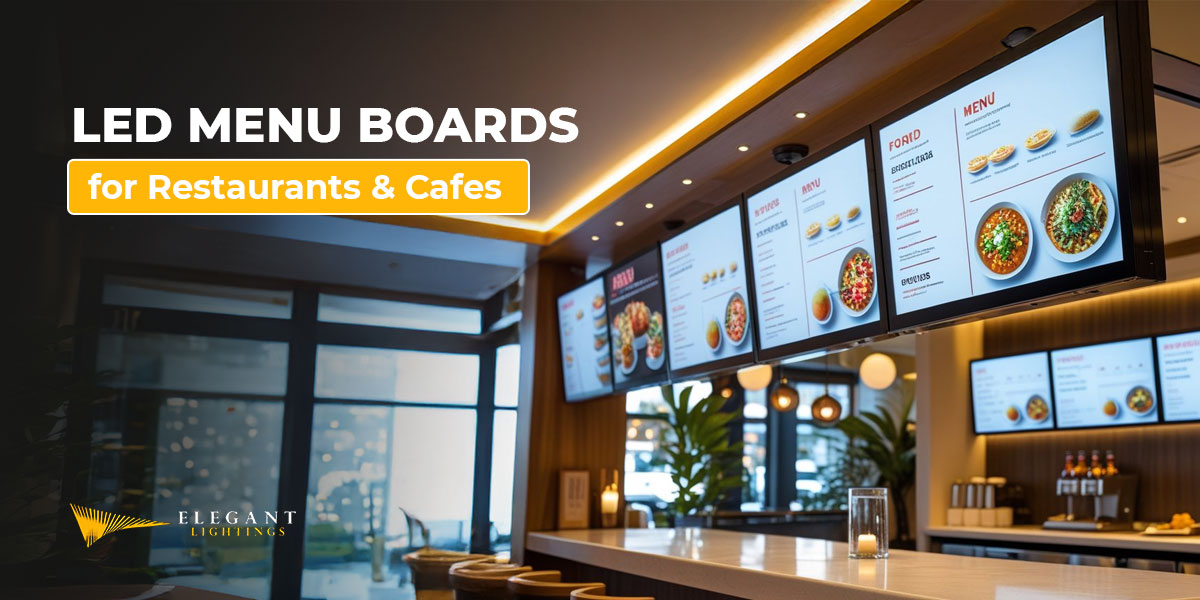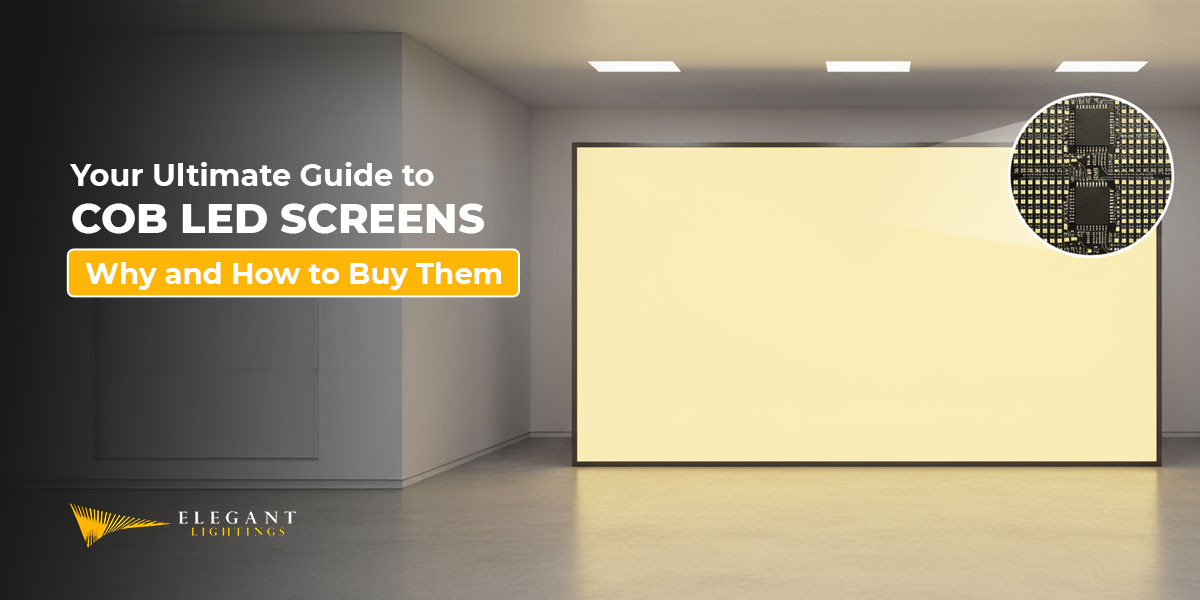
Most of us remember The Mandalorian as the story of a renegade Star Wars character, Boba Fett, who embarks on a series of adventures.
What's on this page:
But for the production community, it told a different story:
That of a transformation from traditional green screens to slick, modern LED walls.
The impact was so great that big studios and production companies shifted from green screens to LED walls.
These LED walls create a digital environment that makes scenes more natural and immersive for the audience.
And for all the filmmakers, you can visualize the shot in the camera itself.
In this blog, we’ll discuss everything about LED walls for virtual production and why investing in them can be the best strategy for you.
How LED Walls Work in Virtual Production: Table of Contents
- What Is An LED wall?
- What Is The Role Of LED walls In Virtual Production?
- What Are The Core Components of LED Wall Setups?
- What Are The Advantages of Using LED Walls in Virtual Production?
- What Are The Real-World Applications Of LED Walls In Virtual Production?
- Step-by-Step Workflow of LED Wall Virtual Production
- Let Elegant Lightings Give Life To Your Virtual Production
- How LED Walls Work in Virtual Production: FAQs
What Is An LED Wall?
An LED wall is a large, high-definition display that is made up of several small LED panels.
It can display multimedia content like video, images, or animations that can be changed in real time.
Plus, the high brightness, clarity, and refresh rate allow them to create any kind of backdrop with an almost natural and realistic touch.
Whereas, if you consider a green screen, you must add background visuals using a computer-generated image (CGI) post-production. However, the final result may not be as natural as you want, and that’s one of the reasons why this shift happened.
But, in our experience, the most unique reason is that the visuals displayed in this screen adjust according to the camera movements.
What Are The Advantages of Using LED Walls In Virtual Production?
LED walls for virtual production environments can benefit everybody participating in the shoot or the event. Here’s how:
- Enhanced Realism: Outdoor LED walls are highly bright, with pixel pitches between 1.2 and 2.6mm, and can emit their own light from the LEDs. This natural lighting and reflection bring realistic visuals to the camera.
- Efficiency: An LED wall for virtual production can let you shoot at a single location just by changing the backdrop. You won’t have to physically move to a location, and you can save a lot of time, crew resources, and budget.
- Creative Flexibility: The LED walls are dynamic, with a high refresh rate up to 7680Hz. So you can change the visuals in seconds with just a few clicks, live on the sets. Thus, you don’t have to rebuild or repaint the set.
- Improved Artist Performance: With live 8K visuals in the background, artists can connect better with the setting and deliver genuine performances backed by a natural emotional touch.
Even your production house or studio can experience these benefits before your competitor, and to ensure that, you should look for the best LED lighting solutions in the market.

What Is The Role Of LED Walls In Virtual Production?
LED walls work differently from a green screen. Let’s understand how in these three ways.
Functionality
When the camera moves, the visuals on the LED wall move with it.
This effect is called camera parallax, making the LED walls look realistic and immersive on screen.
Thus, the final output seems to be directly shot at the real location or in the real situation.
Better Lighting Conditions
In virtual production scenarios, LED walls throw out real light on the sets due to their brightness.
It creates a natural lighting condition with shadows, too.
So, you get shots that are almost like a realistic scene.
Industry Adoption
LED walls became even popular after it was used in the shooting of The Mandalorian (2019).
Since then, it has been used in Red Notice, Barbie, Dune, and more.
Now, event organizers rely heavily on LED walls for events like concerts and trade shows. Plus, filmmakers and studios use them to shoot movies and advertisements.
What Are The Core Components of LED Wall Setups?
Whenever you see all those big and bright LED walls, remember that several components are connected together to make them work efficiently.
1. LED Panels
The LED walls comprise multiple small panels with hundreds of LEDs.
If the pixel pitch is finer (1.5mm—2.6 mm), the panel will display sharper content, which is particularly helpful for close-up shots.
The indoor LED walls are lightweight and great for studio use. Outdoor LED walls, on the other hand, can withstand tough weather and are ideal for large sets.
2. Media Servers
The real-time content on LED walls is because of media servers.
These media servers use rendering systems to work with game engines, to display content with low latency on multiple screens.
3. Camera Tracking Systems
The parallax effect we discussed happens because of the camera tracking system of the LED walls.
Basically, they track the physical camera’s position, rotation, zoom, and lens distortion.
Then, they feed this data to the game engine, which adjusts the 3D background accordingly.
4. Synchronization And Latency Management
Often, a shot gets ruined due to the mismatch of the physical and virtual environment.
LED video walls use two systems to fix this:
- Genlock: It locks all video equipment to a single timing signal.
- Timecode: It adds frame-specific data to perfectly align visuals, lighting, and camera tracking.
When all these components work together, the LED Walls provide a whole suite of advantages to everybody on your production team.
What Are The Real-World Applications Of LED Walls for Virtual Production?

LED video walls have gained significant popularity in virtual production, and their widespread use across various industries proves just how impactful they’ve become.
Film and Television
The cult classic, ‘The Mandalorian’, pioneered using LED walls to shoot hyper-realistic movie scenes.
Since then, LED Walls have been used in movies like Avengers: Endgame, Tenet, and more to create realistic environments within the budget.
After all, it is difficult and risky for your team to shoot at the remote and risky locations shown in these movies.
Live Events and Concerts
Organizers use LED lighting solutions in events to display interactive and exciting visuals on the stage.
These walls can show multimedia content and lighting effects that enhance the audience’s experience.
Step-by-Step Workflow Of Virtual Production LED Wall
The complete virtual shooting process in an LED wall setup happens in four stages. The key benefit is that it isn’t as complex as that of a Green Screen.
Here’s how it works:
1. Pre-Production Planning
It starts with strategic planning, where the backdrop or the digital environment is designed using real-time engines like Unreal Engine 5.4.
Every virtual element of the content is optimized for perfect synchronization and consistent display in all the LED panels.
2. On-Set Setup
Next, a professional technician does the LED wall installation and alignment.
The installation or placement of the LED wall setup can be like a normal background screen or in a semi-circular or wraparound setup.
The genlock, timecode, and camera tracking systems are calibrated to sync with the LED wall.
3. Real-Time Shooting
While you shoot the scene, the LED wall setup will ensure that the virtual background adjusts itself according to the camera’s movement.
Basically, the content of the LED wall will respond in real-time, and the camera will capture the lights, reflections, and shadows.
You can later calibrate the controls on the spot, to make adjustments in the display
4. Post-Production
After the shoot is complete and you go for the post-production work, you’ll notice that there is less work to do.
Since all the visuals are already captured in the camera and most of the final look is achieved during the shoot, there is little to no need for rotoscoping, keying, or compositing.
Let LED Walls Bring Your Virtual Production to Life
LED walls have completely changed the methods of virtual production and its final output.
It reduces the post-production stress for directors, event managers, and editors. Plus, your audience can find the scenes more captivating.
So, if you want to modernize your virtual production capabilities, we highly recommend going for LED lighting solutions from a trusted manufacturer.
At Elegant Lightings, we offer state-of-the-art LED walls specifically engineered for virtual sets, film studios, and live events.
Our LED walls are calibrated for color accuracy and designed to integrate seamlessly with media servers, tracking systems, and game engines.
Contact us today and let our LED walls bring life to your virtual vision.
How LED Walls Work in Virtual Production: FAQs
1. How does the LED video wall work?
LED walls display content when the small panels’ LEDs glow. The visuals are synced with the cameras through genlock and timecode systems to match the real-time environments on set.
2. What is LED virtual production?
It is a production method where LED walls are used in virtual production to display dynamic, bright content on the screen and a realistic 3D environment at the set.
3. Can you use an LED wall as a green screen?
Yes, you can use LED walls as green screens, but technically, they are meant to replace green screens by displaying actual environments and reducing the need for post-production tasks.
4. What are the benefits of LED walls?
There are four major benefits of using LED walls and they are:
- Enhanced Realism
- Better production efficiency
- Allows creative flexibility
- Improved actor performance
5. What is the difference between virtual production and green screen?
Virtual production shows live environments using LED walls, offering real-time feedback. In post-production, green screens require background replacement, with less accurate lighting and fewer real-time visuals.






